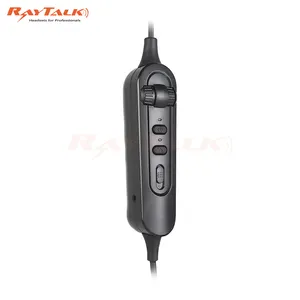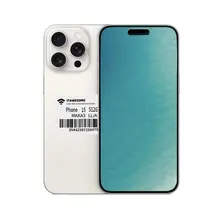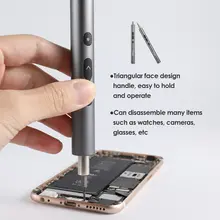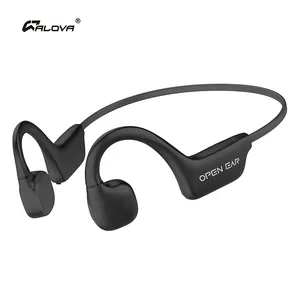Bone Conduction Earphones: An Innovative Audio Solution
Bone conduction earphones represent a revolutionary approach to personal audio. Unlike traditional earbuds, bone earphones transmit sound through the cheekbones, directly to the inner ear, bypassing the eardrum. This technology offers a unique combination of comfort, awareness, and safety that is especially beneficial in environments where situational awareness is key.
Understanding the Technology Behind Bone Conduction
The principle of bone conduction head phones is grounded in the natural conduction of sound. These devices convert audio signals into vibrations that are received by the cochlea in the ear, not through the air via the eardrum, but through bone. This method can be a boon for individuals with hearing impairments or for those seeking to minimize ear fatigue during extended use.
Types and Features of Bone Conduction Earphones
There is a diverse range of bone conduction wireless earphones available, catering to different needs. Some models offer advanced features like noise cancellation and LED displays, while others focus on being waterproof and rugged for outdoor use. The latest versions, such as those with bone conduction bluetooth headset capabilities, provide seamless wireless connectivity, enhancing user mobility and convenience.
Applications and Advantages
Conduction earphones are versatile, finding their place in various scenarios from professional to recreational activities. They are particularly advantageous for outdoor sports enthusiasts who need to stay alert to their surroundings, or for workers in noisy environments who require clear communication without isolation from ambient sounds. The non-intrusive fit of bone induction earphones also means they can be worn with hearing aids or protective gear.
Materials and Durability
Manufacturers of bone vibration headset models prioritize durability and comfort. Materials commonly used include lightweight titanium and hypoallergenic silicone, ensuring that the earphones are both sturdy and comfortable for all-day wear. Water-resistant models, marked with IPX ratings like IPX-4 or IPX-6, offer protection against the elements, making them suitable for a variety of weather conditions.
Choosing the Right Bone Conduction Earphones
Selecting the right pair of bone conduction earphones depends on the user's specific needs. Factors to consider include battery life, connectivity options such as Bluetooth 5.3, and additional features like waterproofing. It's important to assess the intended use, whether for a mobile phone, portable media player, or other devices, to ensure compatibility and satisfaction with the product.












































 浙公网安备 33010002000092号
浙公网安备 33010002000092号 浙B2-20120091-4
浙B2-20120091-4